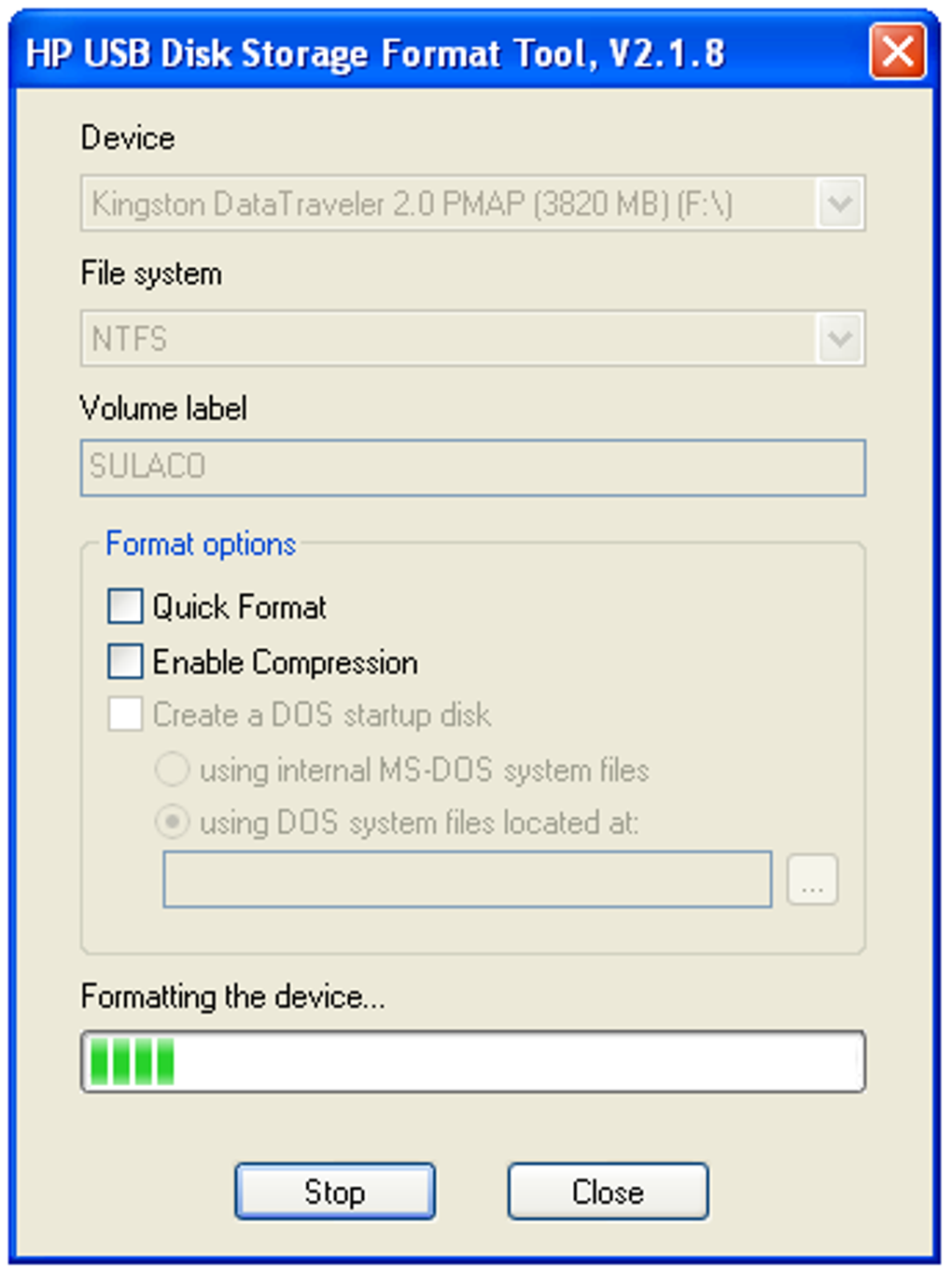The only way to be sure of the content you are formatting is to first remove the USB drive from Mac, know the title of other storage disks, insert the USB disk again and note the name of the disk. Now you are sure not to be formatting a wrong disk this way. Next, drag the USB data to a safe location for backup/recovery measures before. To format an external hard drive for Mac with Time Machine, you must follow the steps below. Step 1 Open Finder, Applications, then go to Utilities and Disk Utility. Step 2 Follow the steps above to format the drive, and then you can use it with Time Machine on your Mac system.
Disk Utility User Guide
Disk Utility on Mac supports several file system formats:
- Erase the USB disk using exFAT. ExFAT is compatible with Mac OS X 10.6.5 or newer, Windows Vista, Windows 7 and Windows 8. To erase the disk, open Disk Utility (Applications Utilities folder), select the USB drive in the sidebar, go to Erase tab and select exFAT on Format.
- USB Disk Storage Format Tool by Authorsoft Corporation is a free utility that allows you to easily format your USB flash drives. The release date of USB Disk Storage Format Tool for Mac is unknown and we cannot say for sure if it will be released at all. So you might want to use other applications to format your external storage devices.
Apple File System (APFS): The file system used by macOS 10.13 or later.
Mac OS Extended: The file system used by macOS 10.12 or earlier.
MS-DOS (FAT) and ExFAT: File systems that are compatible with Windows.

Apple File System (APFS)
Apple File System (APFS), the default file system for Mac computers using macOS 10.13 or later, features strong encryption, space sharing, snapshots, fast directory sizing, and improved file system fundamentals. While APFS is optimized for the Flash/SSD storage used in recent Mac computers, it can also be used with older systems with traditional hard disk drives (HDD) and external, direct-attached storage. macOS 10.13 or later supports APFS for both bootable and data volumes.

APFS allocates disk space within a container on demand. The disk’s free space is shared and can be allocated to any of the individual volumes in the container as needed. If desired, you can specify reserve and quota sizes for each volume. Each volume uses only part of the overall container, so the available space is the total size of the container, minus the size of all the volumes in the container.
Choose one of the following APFS formats for Mac computers using macOS 10.13 or later.
APFS: Uses the APFS format.
APFS (Encrypted): Uses the APFS format and encrypts the volume.
APFS (Case-sensitive): Uses the APFS format and is case-sensitive to file and folder names. For example, folders named “Homework” and “HOMEWORK” are two different folders.
APFS (Case-sensitive, Encrypted): Uses the APFS format, is case-sensitive to file and folder names, and encrypts the volume. For example, folders named “Homework” and “HOMEWORK” are two different folders.
You can easily add or delete volumes in APFS containers. Each volume within an APFS container can have its own APFS format—APFS, APFS (Encrypted), APFS (Case-sensitive), or APFS (Case-sensitive, Encrypted).
Mac OS Extended
Choose one of the following Mac OS Extended file system formats for compatibility with Mac computers using macOS 10.12 or earlier.
Mac OS Extended (Journaled): Uses the Mac format (Journaled HFS Plus) to protect the integrity of the hierarchical file system.
Mac OS Extended (Journaled, Encrypted): Uses the Mac format, requires a password, and encrypts the partition.
Mac OS Extended (Case-sensitive, Journaled): Uses the Mac format and is case-sensitive to folder names. For example, folders named “Homework” and “HOMEWORK” are two different folders.
NetNewsWire for Mac is the best way to keep up with the sites and authors you read most regularly. Let NetNewsWire pull down the latest articles, and read them in a distraction-free and Mac-like way.NetNewsWire for macOS is an easy-to-use RSS and news reader for Mac OS X. Qq international for mac os 10.13.
Ica client citrix for mac. This can be solved by changing a configuration in your storefront as explained in this blogHowever, even with this approach, each time you launch any application, Safari will throw up a popup to allow the launching of the app.If using other browsers like Chrome and Firefox is feasible, you may switch your browser for a better user experience.
Mac OS Extended (Case-sensitive, Journaled, Encrypted): Uses the Mac format, is case-sensitive to folder names, requires a password, and encrypts the partition.
Windows-compatible formats
Choose one of the following Windows-compatible file system formats if you are formatting a disk to use with Windows.

Install webex on mac. MS-DOS (FAT): Use for Windows volumes that are 32 GB or less.
ExFAT: Use for Windows volumes that are over 32 GB.
Usb Disk Storage Format For Mac Windows 10
